FREE Shipping on Orders over $89 with Account – Create One Today!
- (844)-859-9400
- Get Help
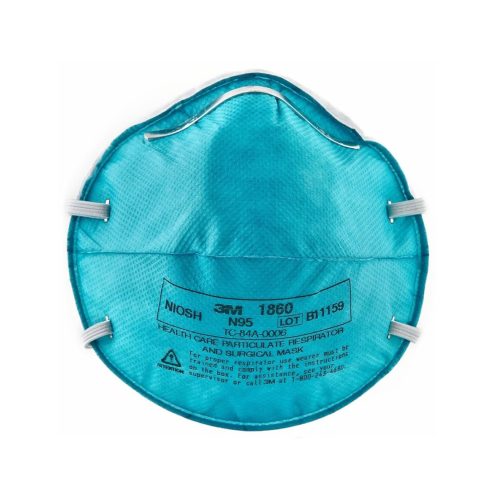
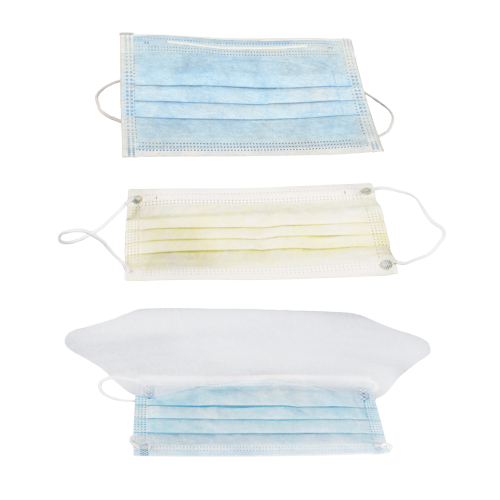
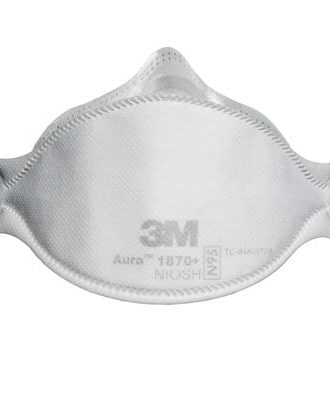
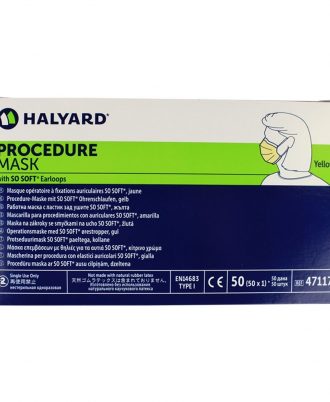
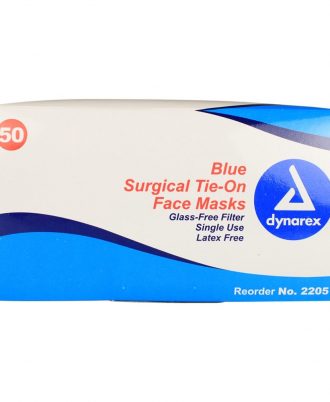
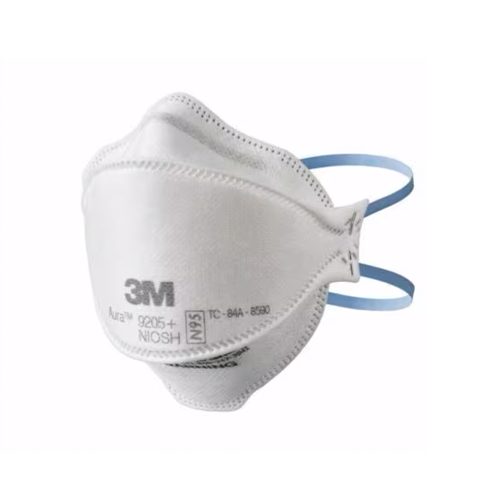
Medical masks help keep patients, doctors and loved ones safe from liquid and airborne pathogens. In addition to frequent hand washing and sterilizing IV or catheter insertion sites with products like Smith & Nephew antiseptic wipes, procedure and surgical masks are an important health care component.
Standards for Medical Masks
The American Society of Testing and Materials — aka ASTM International — is an independent organization that develops and publishes technical standards for a wide range of products, materials, systems and services, including the healthcare industry. It categorizes the types of protection medical and surgical masks provide and how they should be used.
Three Levels of Protection
The three levels of ASTM-rated masks, from lowest protection to highest, are:
Surgical vs. Procedure Mask
Surgical masks tie behind the head and are worn in operating rooms or other sterile environments. They protect patients from possible infection and doctors from blood and other fluids. They tie behind the head for adjustable fit and are generally worn over a hair covering.
Procedure masks secure behind the ears with elastic loops. These are designed to protect both the wearer and others in close contact from airborne pathogens spread by talking, coughing and sneezing. A common example is Dynarex Procedure Face Masks.
Proper Medical Mask Fit
Whether you’re heading into surgery or helping your child don a kids’ ear-loop face mask before visiting an ill relative, how the mask fits will affect its protection. Masks should completely cover both the mouth and nose with no gaps along the side or under the chin. When it is fitted properly, a medical mask should not cause glasses to fog.
